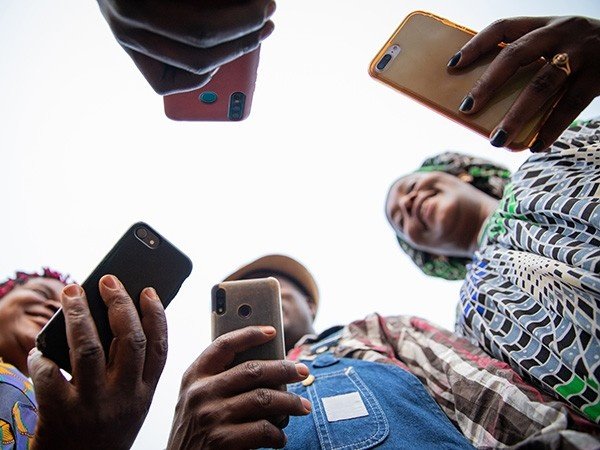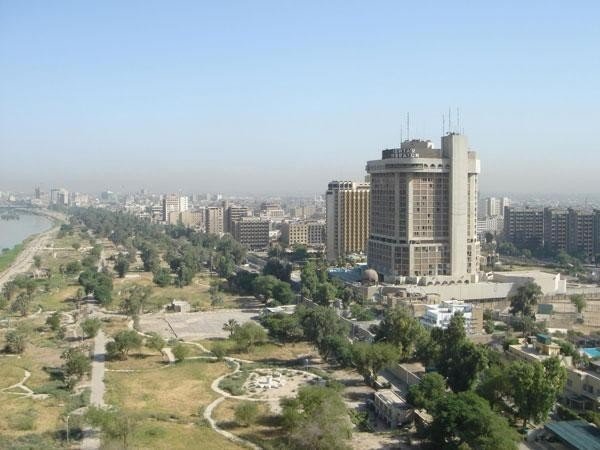According to a recent Canalys report, Egypt topped North Africa’s smartphone market in the first quarter of 2025, with shipments surging 34% year-on-year. This growth was driven by measures such as IMEI whitelisting to curb grey-market imports, improved macroeconomic conditions, and renewed efforts to boost local manufacturing.
Across Africa, smartphone shipments grew for the eighth consecutive quarter, increasing by 6% year-on-year to reach 19.4 million units in Q1 2025. Algeria followed Egypt with a strong 16% expansion, supported by favorable government policies, advancements in telecom infrastructure, and rising adoption of mobile payment platforms like the newly launched “DZ Mob Pay.”
While demand for entry-level devices softened in some areas, robust offline retail sales and targeted vendor strategies helped maintain momentum. Stabilizing currencies, key policy initiatives, and early product launches aimed at value-conscious consumers contributed to sustained growth.
In Sub-Saharan Africa, South Africa led regional gains with a 14% increase, benefiting from government actions such as removing a 9% luxury excise tax on smartphones priced under ZAR 2,500 (about US$137) and phasing out 2G and 3G networks to expand 4G and 5G coverage. Nigeria’s market declined by 7% due to economic challenges, though its large, tech-savvy youth population holds long-term potential. Kenya experienced a modest 1% growth, driven by increased uptake of flexible financing options.
Among smartphone brands, TRANSSION saw a 5% decline after seven quarters of growth, as competitors adopted similar credit and after-sales support models. Samsung maintained a 21% market share, performing strongly in South Africa and Egypt, with its A-series accounting for 60% of shipments. Xiaomi grew 32%, fueled by strong sales in Egypt and Nigeria. OPPO and HONOR posted impressive growth of 17% and 283%, respectively, supported by local assembly and strategic partnerships.
Despite positive trends, economic pressures and infrastructure challenges continue to constrain broader growth. FourG devices make up 85% of shipments, with mid-tier smartphones dominating 42% of the market. Consumers remain cautious, and growing reliance on financing raises concerns about debt sustainability.
Looking ahead, Canalys forecasts a modest 3% growth rate for Africa’s smartphone market in 2025, citing ongoing macroeconomic uncertainties and global trade tensions. Nonetheless, urban youth with digital ambitions remain a vibrant segment, even as limited disposable income and credit dependency temper overall demand.















